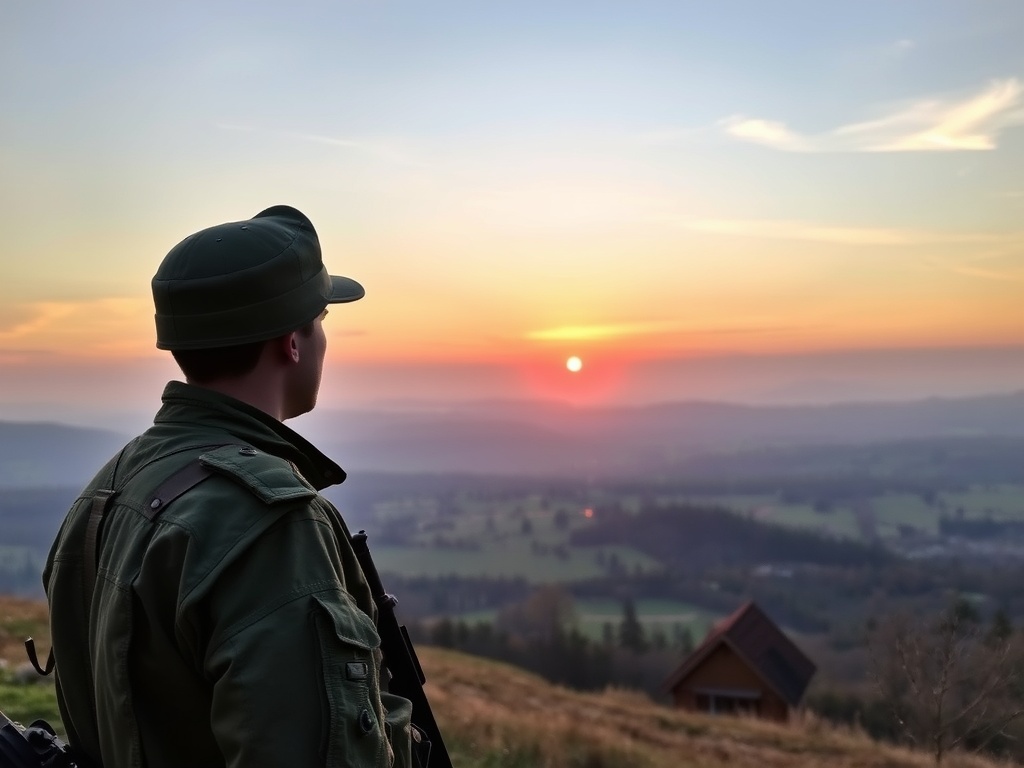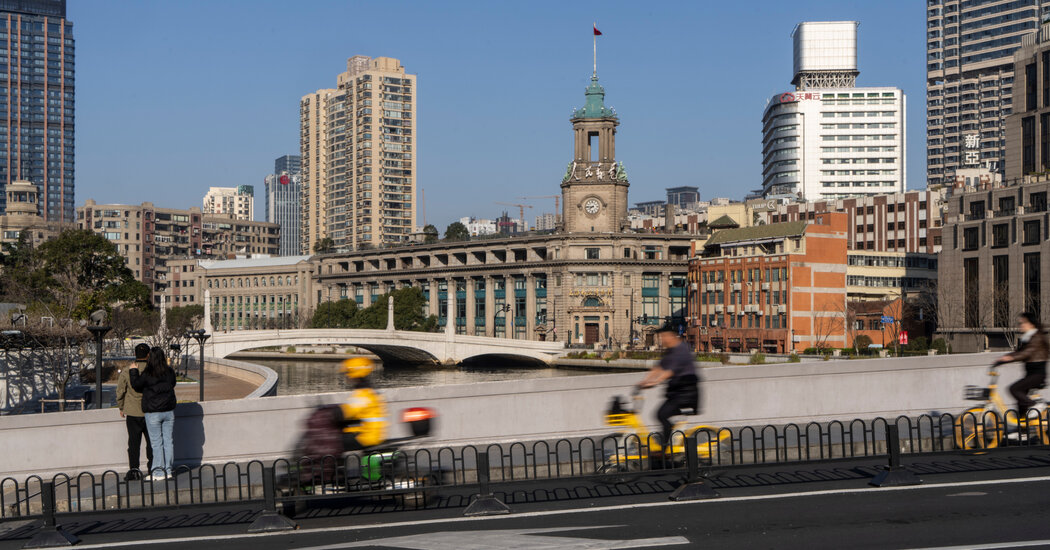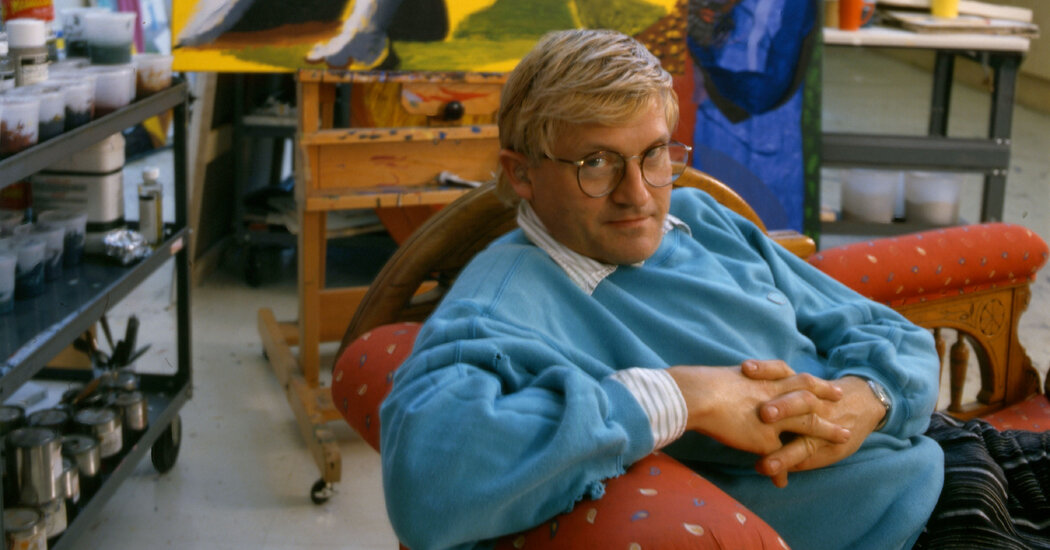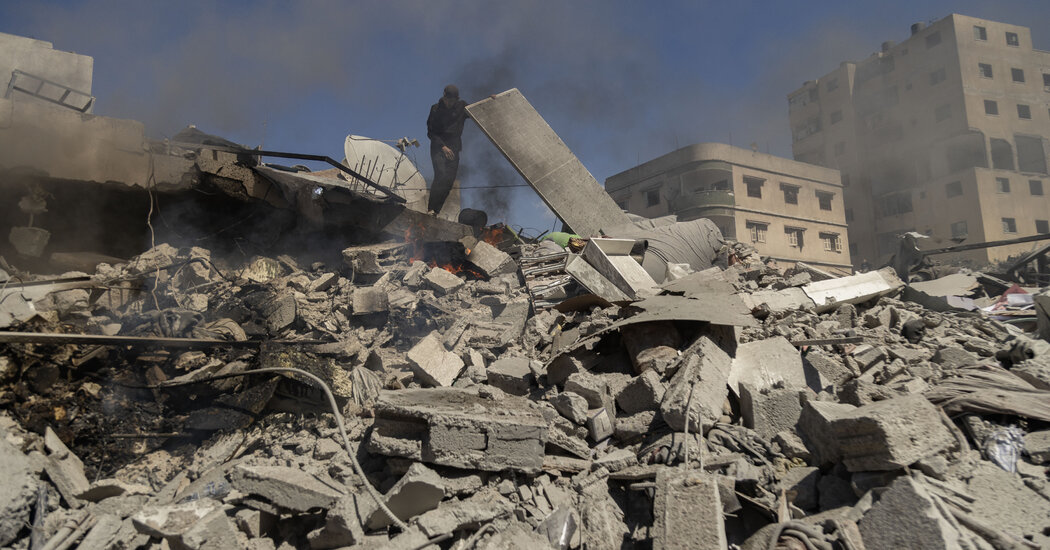The State of Ukraine: A Three-Year Reflection
As the conflict in Ukraine enters its third year, Donald Trump‘s pursuit of peace has inadvertently provided Vladimir Putin with a unique chance to negotiate terms that could tilt the scales in his favor. Trump’s willingness to consider extensive concessions, without consulting Ukraine or its European allies, raises significant concerns.
The current American administration has made it clear that NATO membership for Ukraine is not a feasible option, and the commitment of American troops to oversee any peace agreement is also off the table. Such stances are music to the Kremlin’s ears, as they align with Russia’s strategic interests. Furthermore, Trump has shown a penchant for echoing Russian propaganda, undermining the legitimacy of Ukraine’s leadership under President Volodymyr Zelensky.
However, the question remains: how confident can Putin be that Trump will ultimately deliver a deal that dismantles Ukraine’s independence and keeps it firmly within Russia’s sphere of influence? Recent reports, including a phone call between Putin and Trump, hint at a complex dynamic at play.
Shifting Dynamics in U.S. Leadership

Secretary of State Marco Rubio has indicated that Russia must be prepared to make compromises, while Secretary of Defence Pete Hegseth has emphasized the importance of robust security guarantees for Ukraine as a prerequisite for any peace settlement. This suggests that Trump’s administration is not entirely aligned with the notion of capitulating to Putin’s demands.
Despite his past tendencies to flatter authoritarian leaders, Trump possesses the ability to exert pressure on Putin. He could leverage the threat of displacing Russian oil from global markets and continue to provide military support to Ukraine.
During his tenure, Putin has never faced a Western leader quite like Trump, who approaches international relations with the mindset of a businessman, drawing on his experiences as a New York real estate developer accustomed to negotiating with figures akin to organized crime bosses.
Putin might believe he can appease Trump’s ego, yet he cannot be entirely certain that the U.S. President will grant him unrestricted authority to dismantle Ukraine’s status as a sovereign nation. Trump’s desire to project strength on the global stage complicates matters for the Kremlin.
The Complex Path to Peace
For this reason, a complete surrender of Ukraine is unlikely to be an acceptable outcome for Trump. However, addressing the underlying causes of the conflict and establishing a peace settlement that excludes American military involvement presents a formidable challenge, especially as long as Putin remains in power.
This scenario makes a ceasefire appear to be a more plausible outcome of negotiations. Should Putin conclude that allowing Ukraine to conduct parliamentary and presidential elections—currently stalled due to martial law—might expedite Ukrainian capitulation, he may pursue a ceasefire lasting several months. Such a pause would grant the Russian military time to regroup.
The political tensions arising from an election campaign in a country battered by war could further exacerbate divisions within Ukrainian society, potentially weakening the resolve needed to fend off another Russian assault.
Over the past three years, hopes among Ukrainians and their Western allies that the cost of war would compel Russia to alter its course have proven misguided and are likely to remain so. Currently, while Russia faces economic challenges, the situation is not dire. As long as the country can maintain sufficient oil exports, it can sustain its war efforts despite inflation and the erosion of its high-tech sector due to sanctions.
The Russian military has gained valuable insights from its operations in Ukraine and continues to make slow progress in the Donbas region, despite suffering significant losses. While recruitment challenges are emerging, they are not yet critical. Russia’s military industry has demonstrated an ability to refurbish older Soviet-era equipment while also advancing modern drone technologies.
The Future of Russian Military Engagement
Putin’s regime displayed signs of instability in June 2023 when elements of Yevgeny Prigozhin’s private army made a bold march toward Moscow. However, since then, the regime has stabilized, with a renewed sense of discipline and unity brought about by the regular rejuvenation of the state bureaucracy, including the integration of war veterans.
It appears that Putin has enough resources to sustain military operations for another two years at the current level of intensity, aiming to compel Ukraine into submission. However, some stockpiles of outdated equipment may deplete after the summer, necessitating additional manpower to secure control over urban areas as military advances continue. The Kremlin is keen on avoiding another mobilization, given the mass exodus of nearly one million people that followed the last partial mobilization in 2022.
The prospect of a prolonged ceasefire is likely the most appealing option for Putin, as it could pave the way for a relaxation of sanctions. Yet, it is crucial for Ukrainians to remain vigilant and hope that other influential voices can convey to Trump that halting the conflict might inadvertently bestow a tactical victory on Putin, undermining the narrative of “America First” that emphasizes peace through strength.
John Lough is a former NATO representative in Moscow and is currently the Head of Foreign Policy at the New Eurasian Strategies Centre, a London-based think tank focused on Russia’s long-term future.




